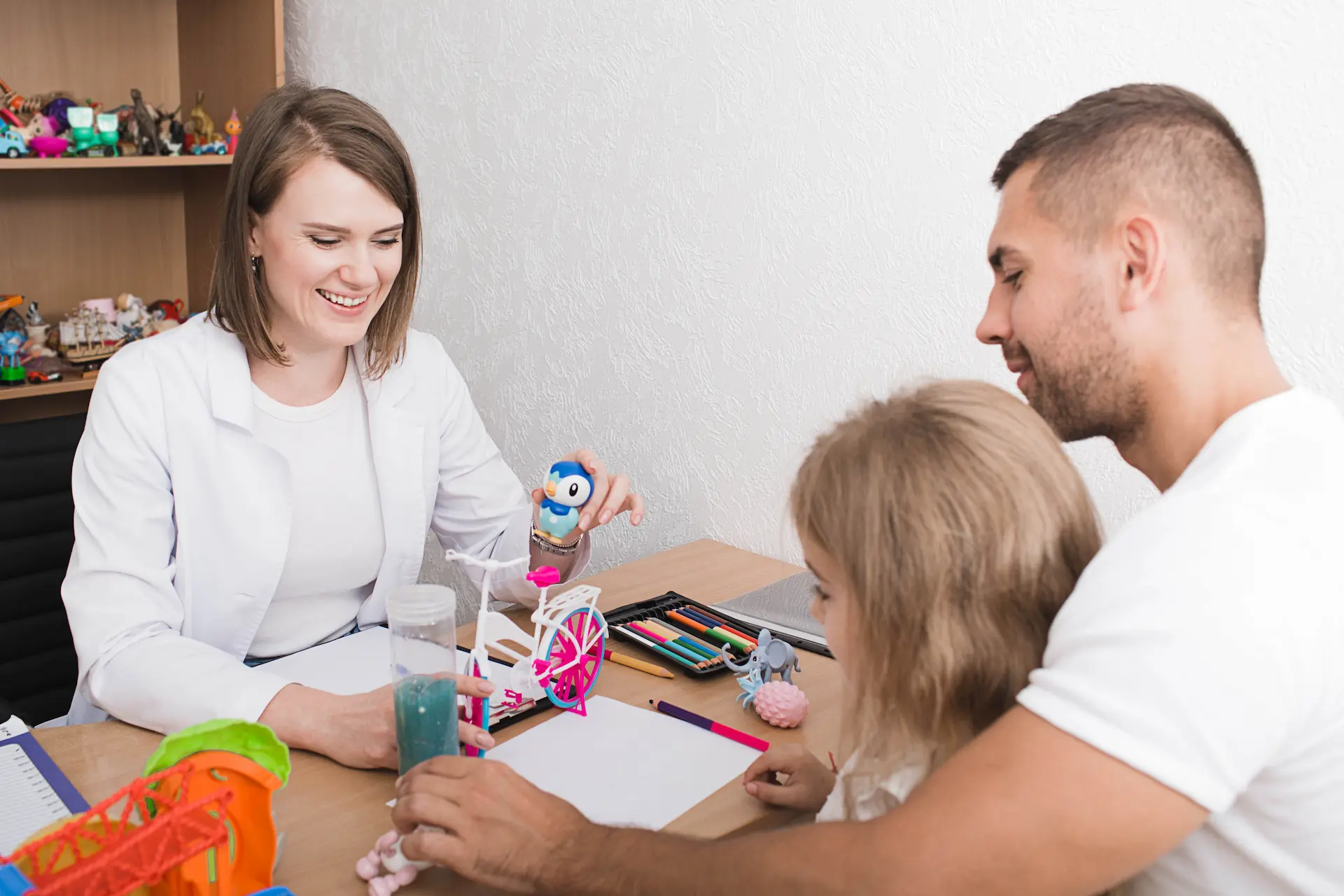The Hardest Question in ABA: “Is My Child Really Making Progress?”
You have the data. Trials logged, graphs updated, programs mastered. But when a caregiver asks the progress question, none of it feels like enough. The data you can show them are clean and accurate, yet somehow distant from the real story unfolding in sessions every day.
Many ABA teams live in that gap. The information exists, but parents only see it once a month, or maybe once a quarter, after a supervisor stitches everything together. That recent spark from a learner—the one that had the whole team smiling—rarely makes it into a PDF. Families see summaries, not the story itself.
Why Quarterly Behavioral Reports Are Not Enough
Quarterly reports made sense back when data lived in binders and clipboards. Now they mostly make noise.
The numbers are right, the charts look fine, but by the time anyone sees them, they’re already outdated. The learner’s moved on to new programs, and RBTs® have adjusted prompts.
That lag has a cost. When communication stays in past tense, trust weakens. Families can’t see growth, so they fill the silence with worry.
Every “we’ll tell you later” feels empty, because what caregivers really deserve is, “see for yourself.”
When Visibility Works Both Ways, Data Become Shared Understanding
Once families, staff, and leaders see the same live data, accomplishments become something they can build on together.
Trust Doesn’t Need Constant Repair
If progress isn’t visible, every meeting turns into damage control. Parents ask, you explain, they nod, but you can sense they’re still unsure. The conversation circles what already happened instead of what’s happening now and what’s next.
With real-time visibility, trust stops needing quarterly repair. It simply stays intact between sessions.
Families can check in anytime, and BCBAs® spend less time defending progress and more time guiding it.
Caregivers Reinforce What You Teach, Because They Understand It
Families want to help, but without clarity, they often guess.
By seeing progress as it happens, caregivers start reinforcing behaviors at home with more confidence. They use the same language the RBTs use. They understand when to prompt, when to fade, or when to celebrate.
Nuney Said, clinic owner at Early Intervention Therapy, described it best:
“I needed parents and caregivers to be included. They’re a big part of the client’s life. Motivity makes it easy for them to follow along, watch videos, see incident reports, and stay connected.”
That visibility carries learning through everyday routines and weekends. It means:
- Fewer mixed signals between sessions and home.
- Families working on behavioral goals more consistently.
- Learners making steadier progress as skills generalize naturally.
Staff See Their Impact, Not Just Their Workload
Having data in spreadsheets or in static systems makes RBTs work almost in the dark. They collect, record, and move on, never really seeing what their effort adds up to.
With live data, motivation climbs. Clinicians see the proof that what they do matters. That connection between effort and progress encourages staff more than any retention program ever could.
And when staff believe in the work, families feel it.
Shared Visibility Strengthens Compliance and Confidence
For ABA leaders, late reports and repeated explanations drain billable hours. Every trust gap adds more meetings for clarifications, and more admin work.
Visibility isn’t just a feel-good thing. It’s what keeps parents from sending late-night ‘How’s she doing?’ messages.
It’s also risk management that turns compliance into part of the process and audit prep into a quick export, not a two-week scramble.
📌 Further reading: When ABA Data Look Different Across Locations, Directors Pay the Price
How Motivity Makes ABA Progress Visible Without Adding Another Task
Visibility should happen automatically, not as another item on your to-do list. And Motivity gives you that.
Supervisors can step into a session remotely and see graphs move as RBTs collect data. If something looks off, they can leave feedback or adjust programs.
“The simplicity of the graphs makes it easy to show progress to a parent while in a meeting or a parent-teacher conference. Motivity makes it easy to analyze the graphs to determine if changes need to be made to programs to assist with student acquisitions of skills.”
—Mari Cerda, CEO at The Lighthouse Learning Center
Caregivers see clear graphs and have the reassurance that learning is actually happening.
Clinical directors and school leaders rely on those same live records to keep authorizations current and compliance steady, with nothing to reconcile or rebuild for audits. The documentation’s already complete because it was created at the moment, and it’s more likely to be accurate for that same reason.
Make Transparency the New Standard of Care
You don’t need to flood caregivers with numbers. The transparency they deserve is simply being able to see the same progress clinicians see, while it’s happening.
As Lindy West, BCBA and owner of West Behavioral, put it:
“Motivity is very user friendly compared to other systems we tried. I feel like this is huge when it comes to having parents being involved. With very little training they are able to have their child's progress at their fingertips.”
Motivity helps ABA practices get there without new steps or separate workflows. Just better visibility, right where the work already happens.
Want to see what caregivers see? Schedule a short demo and watch it live.


